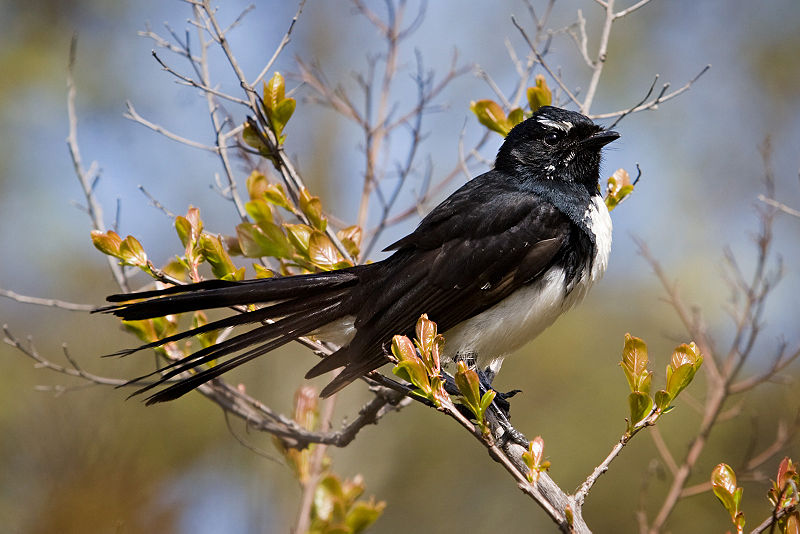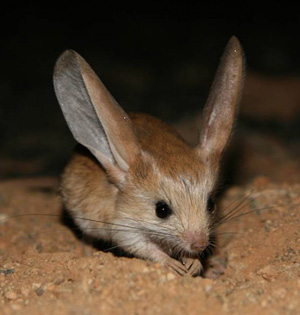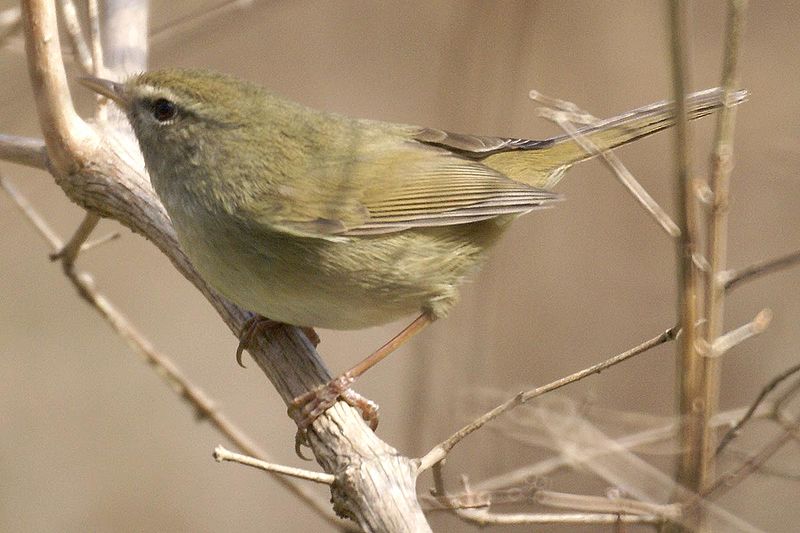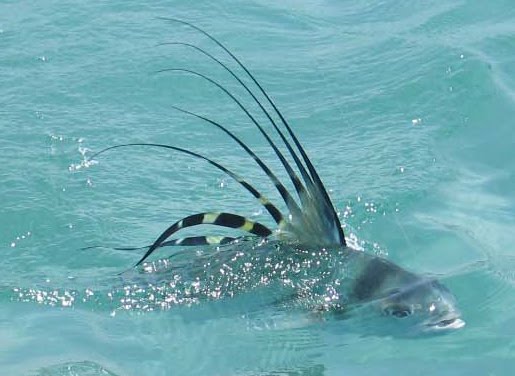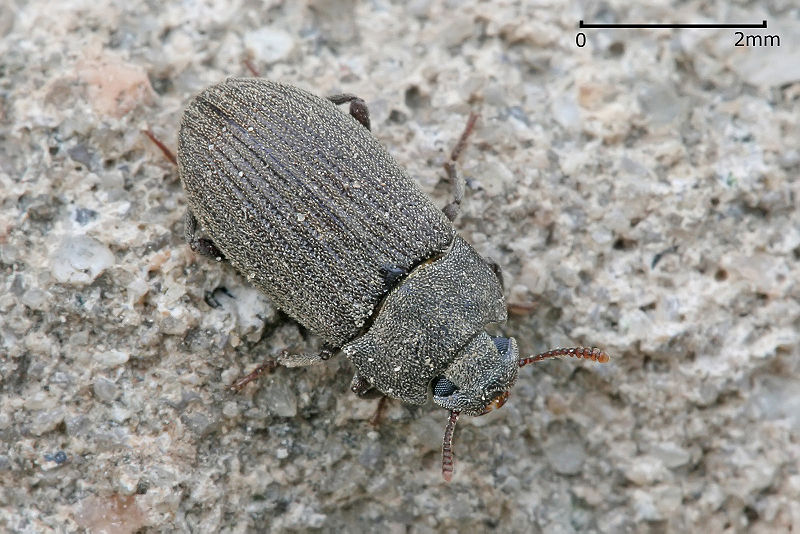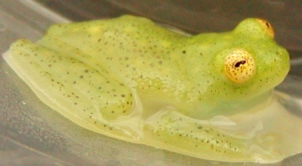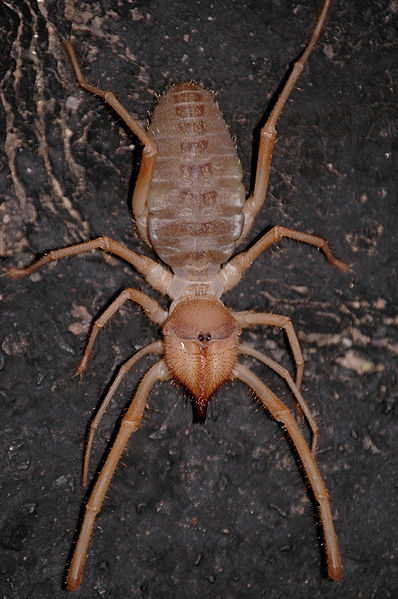
For the last Wild Fact of the week, we are going to help dispel some crazy myths about a magnificent animal, the Camel Spider. Throughout the Gulf War, these animals managed to get a lot of attention since they shared the desert with the troops. Over the years, stories spread about the size, speed and deadliness of this spider. Heck, they even managed to get their own horror movie called “Camel Spiders”. Today, we are going to lay out the facts about this intriguing desert animal so their reputation doesn’t continue to get tarnished.
Burrows into Camels
I guess the first place to start is with their name. Camel Spiders are not actually spiders, however, they are technically arachnids. Other names include Wind Scorpion, Sun Spiders and Solifuges. Some of the stories out there say the Camel Spider received this name since they typically jump onto the stomach of a camel before burrowing inside of it and laying eggs. I will let you decide if this myth is fact or fiction….hmmm, I guess I gave the answer away by calling it a MYTH! Instead of feasting on Camels, this particular arachnid actually preys on small arthropods, lizards and the occasional rodent but I guess this doesn’t sound as cool as using a poisonous bite to take down a large camel.

The Size of Dinner Plates
Next on the list of “facts” is the one about their size and their speed. Apparently, the Camel Spider can get as large as dinner plates and run an amazing 25 mph (while making an eerie shrieking sound). Although, they are fairly quick for an arthropod, the Camel Spider only runs at speeds of about 16 km/hr (10 mph) and typically reaches a length of 15 cm (6″). Granted, this is still pretty big and quite quick but again, not the stuff Hollywood movies are made of. Oh and the Camel Spider does not make any shrieking noises while they run…..or at anytime for that matter.
Venomous Bite with a Powerful Anesthetic
One last myth to clear up before we go and enjoy our weekend. It has been said that these deadly animals inject an anesthetic that allows them to feast on their victims for hours without them knowing. It goes on to say that there have been soldiers bitten at night, only to find out in the morning that they were missing large chunks of their flesh. Yes, obviously this one is false. The Camel Spider does not have a venomous bite and does not rely on a powerful anesthetic to subdue their prey. In the real world they use their speed, stealth and powerful jaws to capture their scrumptious dinner. And no, humans aren’t typically on the menu. While the Camel Spider might make for a great character in a horror film, in the real world, they are just another creature trying to survive.

